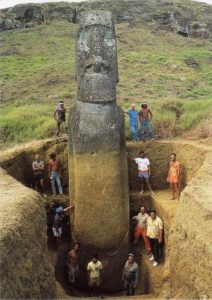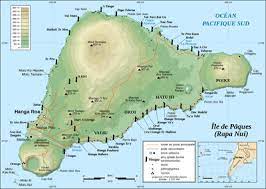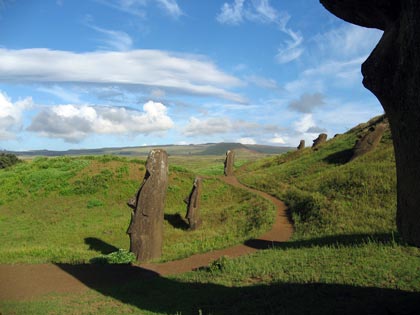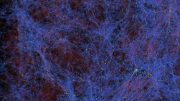Rapa Nui, more commonly known as Easter Island, is a small island in the South Pacific west of Chile. Rapa Nui is most famous for its head stone statues, Moai. Archaeologists presume these statues were carved using volcanic ash on the island to honor significant entities in their religion or culture. Specialists suspect the Moais were built 1400 – 1650 AD but are unable to pinpoint an exact time.


This is a map of Rapa Nui along with the locations of Moai I Wonders of the World
The mystery that makes the Moais captivating is how they were transported. The majority of these statues are 13 feet tall, weighing over 13 tons each. The tallest Moai is over 33 feet tall, called Paro. There are over 1000 Moais on Easter Island spread around the island. Researchers believe the statues were intentionally placed near freshwater lakes which are sacred on Rapa Nui. The Moais were used as an indication that freshwater was nearby for the Rapa Nui people.
There are several theories on how the Moais traveled across the volcanic landforms. In 1955, Thor Heyerdahl surfaced a method of moving the statues. The method was using a wooden plank under the Moai and dragging it. He experimented by using a 10-ton Moai on the island. Another theory created in 1970 was an inverted wooden “V” attempting to push the Moai up and dragging it like this. But, oral tradition says that the Moais were moved vertically. In 1987, engineer Pavel Pavel predicted that the Rapa Nui people used a rope and tied it at the bottom and the top of the Moai and dragged them using a twisting motion but making sure it doesn’t fall, there was the rope at the top preventing it. The Charles Love theory, attempted in 1987, was that the Moai is placed on two large wooden planks and those planks are above several narrow logs. Then, ropes are tied around the Moai’s legs and dragged, the logs acting as wheels. The last theory, according to National Geographic, was created only eleven years ago in 2011. This theory requires more rope as there are three sides of men controlling a line of rope. By pulling each side of the rope, left and right, it will move forward. Using any of these methods would require an absurd amount of manpower and handfuls of time.






Be the first to comment on "The Mysteries of Rapa Nui"